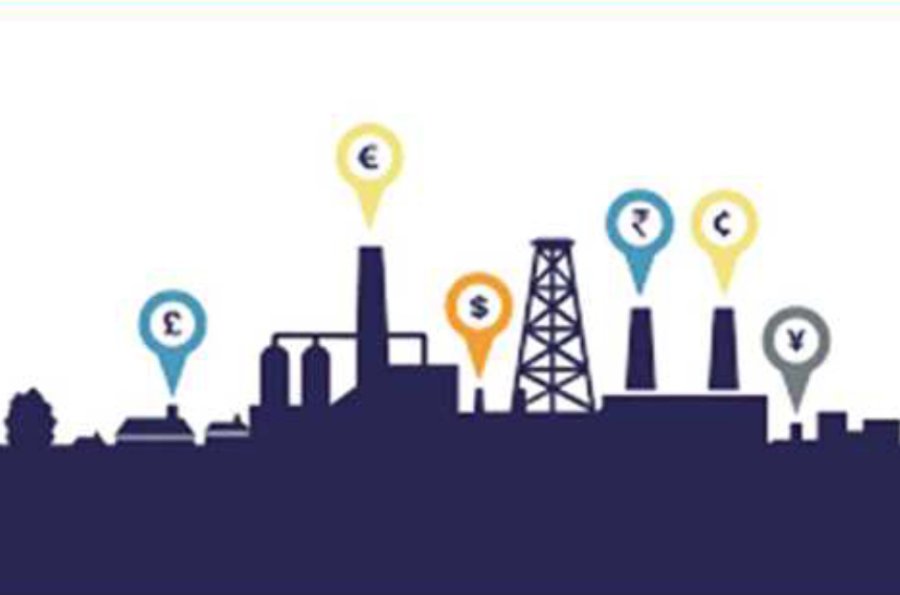BD sets fresh target of GHG emission cut by 2035 in NDC 3.0
The plan has been submitted to UNFCCC ahead of COP 30 in Nov

Published :
Updated :

Bangladesh has set a fresh target of green house gas (GHG) emission reduction, 26.74 million tonnes of carbon dioxide equivalent (MtCO2eq), by 2035 in its latest Nationally Determined Contribution (NDC 3.0), a national plan to show global commitment to the Paris Agreement (PA) ahead of the COP 30.
The NDC 2025 has been submitted to the United Nations Framework of Convention of Climate Change (UNFCCC) on September 28, before the deadline (September 30). It has projected emission rise sharply to 418.40 MtCO2eq by 2035 from the base year emission level at 252.04 MtCO2eq in 2022.
It shows that as business as usual (BAU), the emission is supposed to be due to population growth, urbanisation, industrial expansion and rising energy demand, and also proposes the reduction of 26.74 MtCO2eq or 6.39 per cent unconditionally.
Officials said Bangladesh's contribution to global emission is only 0.5 per cent, but it is one of the most vulnerable countries to climate change. The NDC proposes another emission reduction target of 58.23 MtCO2eq or 13.92 per cent of 418.40 MtCO2eq (the 2035 projection) for the same period on condition of getting funds from the polluter countries.
The Department of Environment (DoE) prepared the NDC 2025, third of its kind, and submitted to the UNFCCC. It would be used to prepare a NDC Synthesis Report, based on information available in the NDCs of 191 parties to the PA.
The NDC Synthesis Report would help outline climate commitments under the PA to rein in the temperature rise below 2°C (preferably 1.5°C).
The DoE officials said the NDC 3.0 has set its targets realistically covering all sectors and sub-sectors, unlike the previous two NDCs, which were submitted to the UNFCCC in 2015 and 2021.
As the COP 30 is scheduled on November 10-21 in Belem, Brazil, the national plans prepared every five years would be crucial in taking next global actions - limiting the global temperature rise and building climate resilience from mitigation and adaption strategic points.
The NDC is at the heart of the PA and the achievement of long-term goals under its articles 3 and 4, which oblige all the parties for the first time - irrespective of the developed and the developing countries.
Bangladesh proposed the first NDC in September 2015, covering only energy use in power, industry and transport sectors based on the emission level year 2011. The target of emission reduction was set at 12 MtCO2eq or 5.0 per cent in these sectors unconditionally, and 24 MtCO2eq or 10 per cent conditionally by 2030.
The NDC 2021 proposed 27.56 MtCO2eq by 2030 or 6.7 per cent below BAU emission year unconditionally, and 61.9 MtCO2eq or 15.12 per cent conditionally subject to international support. These were assessed covering energy, agriculture, livestock, forestry and other land use (AFOLU), Industrial Process and Product Use (IPPU) and Waste.
The officials said the NDC 3.0 targets have been fixed after a series of consultations with all the government agencies concerned by reviewing ongoing and upcoming projects, activities and technologies being used and expected.
Energy sector expects to reduce 69.84 MtCO2eq by 2035 based on the renewable energy generation mix with solar, wind, biogas and storage along with reduction of transmission and distribution losses and replacing liquid fuel-based peaking plants with clearer alternatives.
Besides, electric vehicle, electric traction, improving efficiency in rail and road transports, industrial energy efficiency, cleaner brick technology, clean cooking system, rooftop solar expansion, solar energy in agriculture, technology use for ammonia reuse, alternate wetting and drying, short duration rice varieties, manure management, etc, are also the mitigation approaches - assessed to reduce the emission by 2035.
smunima@yahoo.com


 For all latest news, follow The Financial Express Google News channel.
For all latest news, follow The Financial Express Google News channel.